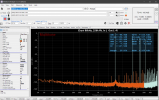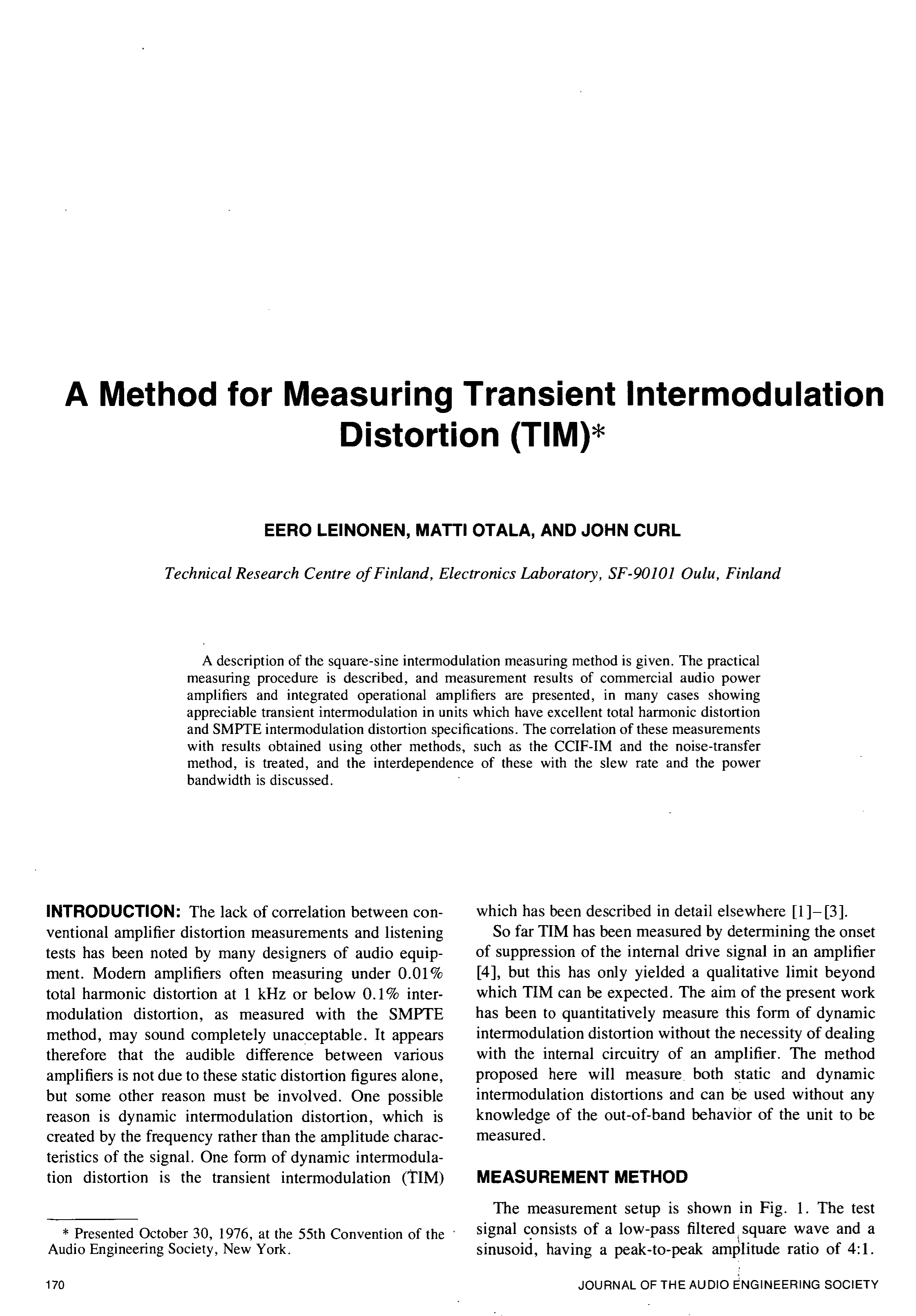- Thread Starter
- #21
I am still using a Sony ES CD player from the same era, it still works, still sounds great and the build quality urinate all over most modern gear.
Great! And I agree, when I see photos of those miracle $50 boxes here ...... they are just - cheap, and mass production and circuit technology progress gives them good parameters, if their design is competent. But it is a pressure from customers for cheapest everything that is responsible for low built quality and low reliability.




